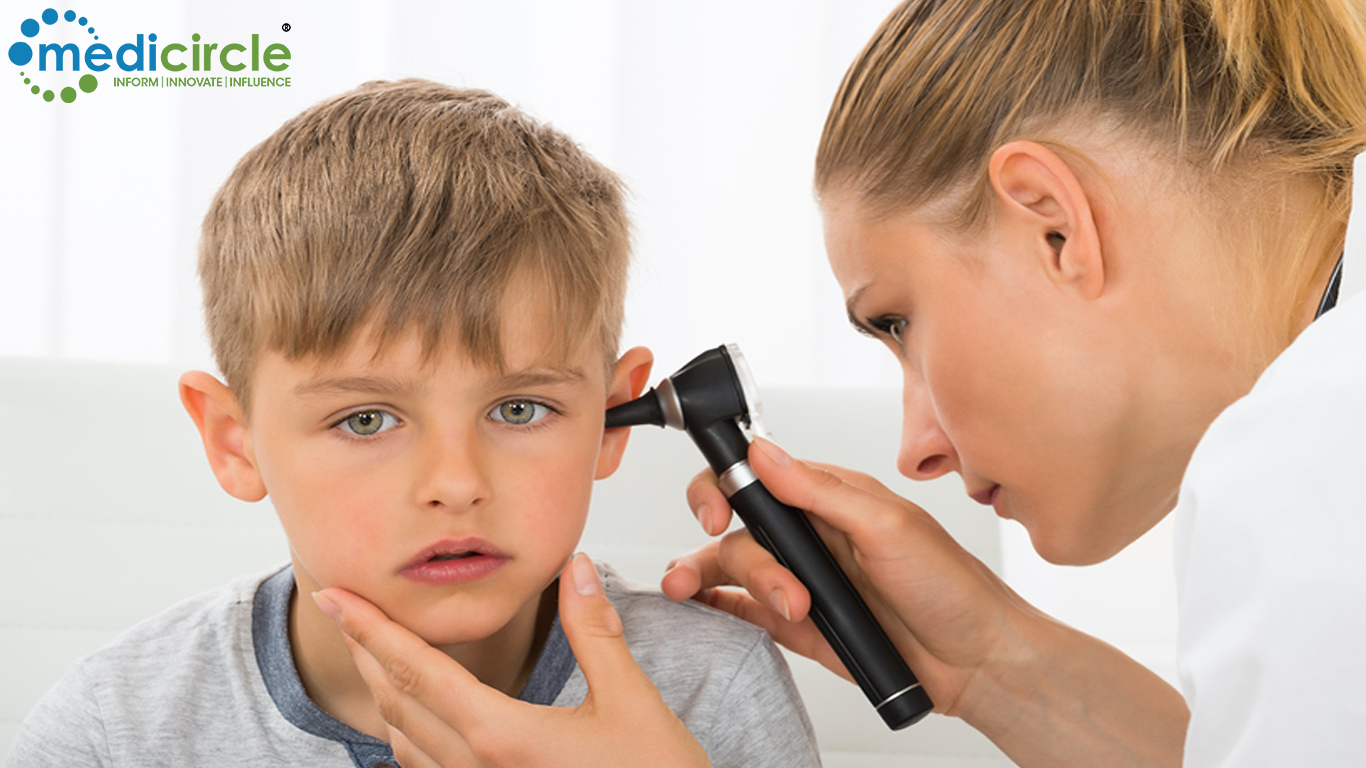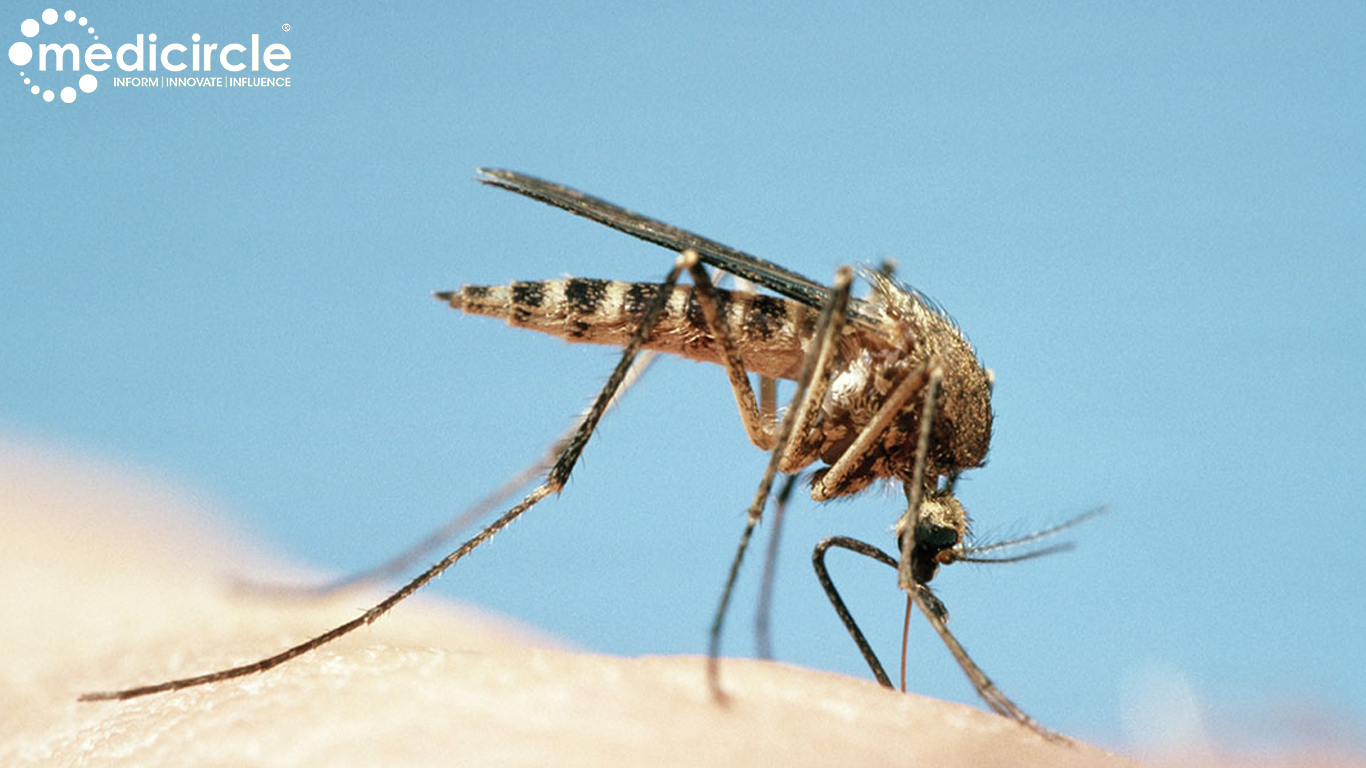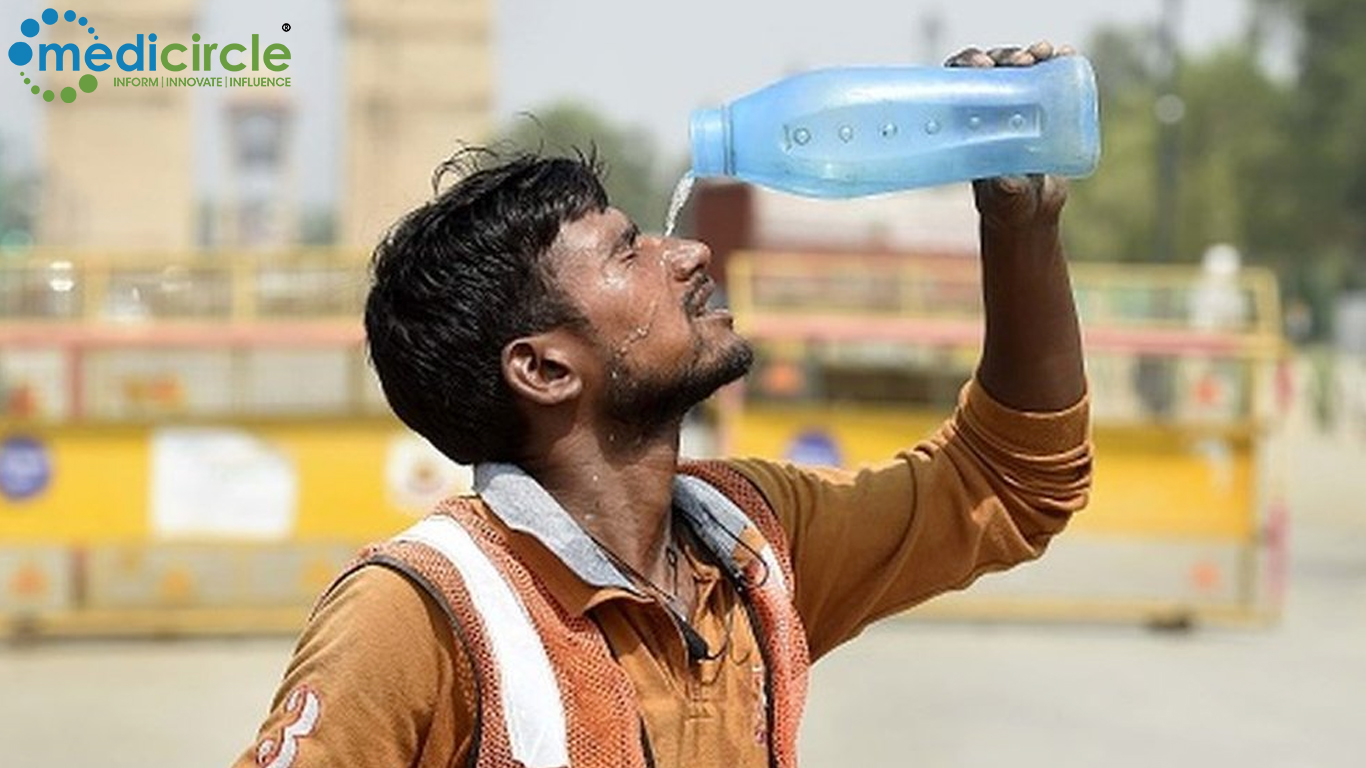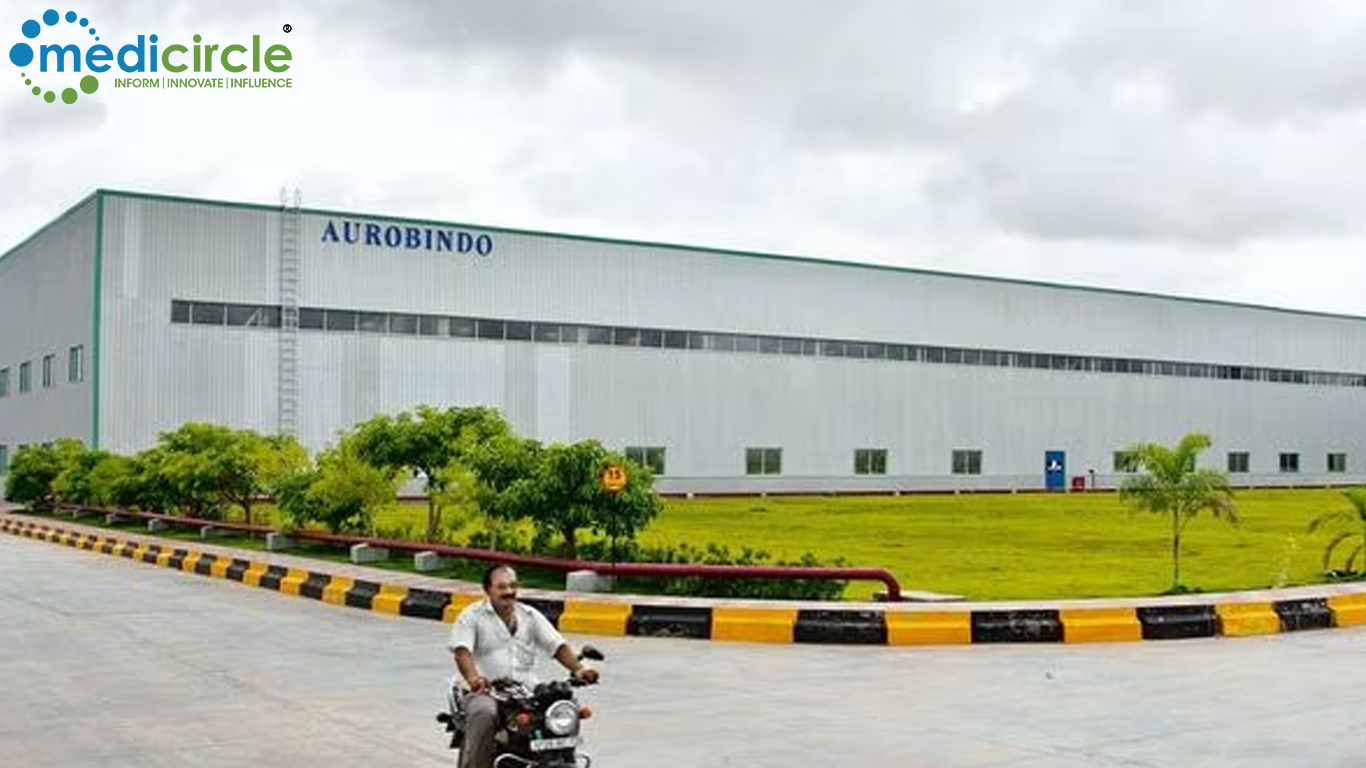Any future attempts to reduce the spread of covid-19 should be focused on tackling close airborne transmission of the virus which is considered to be the primary route for its circulation, according to experts in an editorial published in The BMJ.
Respiratory experts argue that it is now clear that covid-19 (SARS-CoV-2) is most likely to transmit between people at close range through inhalation rather than through contact with surfaces or longer-range airborne routes, although those routes can also be responsible.
The covid-19 pandemic has helped to redefine airborne transmission of viruses, say the experts from the universities of Leicester, Edinburgh Napier and Hong Kong, Virginia Tech, and NHS Lanarkshire, Edinburgh.
There has been some confusion over precise definitions of air transmissions of infections from the last century in which the difference between “droplet” “airborne,” and “droplet nuclei” transmission have led to misunderstandings over the physical behaviour of these particles, they say.
What is important to know, they claim, is that if a person can inhale particles, regardless of their size or name, they are breathing in aerosols. And while this can happen at long range, it is more likely to happen when being close to someone because the aerosols between two people are much more concentrated at short range, similar to being close to someone who is smoking.
People infected with SARS-CoV-2 produce many small respiratory particles full of the virus as they exhale. Some of these will be inhaled almost immediately by those within a typical conversational “short-range” distance of less than one metre, say the experts, while the remainder will disperse over longer distances to be inhaled by others further away – more than two metres.
The well-known and often used preventative steps of wearing masks, keeping your distance, and reducing indoor occupancy all help to reduce the usual routes of transmission, whether, through direct contact with surfaces or droplets or from inhaling aerosols, they say.
However, they argue that a crucial difference is a need for added emphasis on ventilation because the tiniest suspended particles can remain in the air for hours and these are an important route of transmission.
Therefore measures to ensure that air is replaced or cleaned are all the more important, meaning opening windows, installing or upgrading heating, ventilation, and use of air conditioning systems.
In addition, the quality of masks is important to ensure effective protection against inhaled aerosols. Masks usually prevent large droplets from landing on covered areas of the face but tiny airborne particles can find their way around any gaps.
High-quality masks with high filtration efficiency and a good fit are, therefore, important, they say.
Efforts to improve the quality of indoor air through better ventilation will bring other benefits, they add, such as reduced sick leave for other respiratory viruses and other environmentally related complaints including allergies and sick building syndrome.
If companies experienced less absenteeism with its impact on productivity, this could save them significant costs which would offset the expense of upgrading their ventilation systems.
The experts conclude: “Covid-19 may well become seasonal, and we will have to live with it as we do with influenza. So governments and health leaders should heed the science and focus their efforts on airborne transmission.
“Safer indoor environments are required, not only to protect unvaccinated people and those for whom vaccines fail but also to deter vaccine-resistant variants or novel airborne threats that may appear at any time.
“Improving indoor ventilation and air quality, particularly in healthcare, work, and educational environments, will help all of us to stay safe, now and in the future.”
.jpg)
 Experts say that the covid-19 pandemic has helped to redefine airborne transmission of viruses
Experts say that the covid-19 pandemic has helped to redefine airborne transmission of viruses




















.jpeg)












